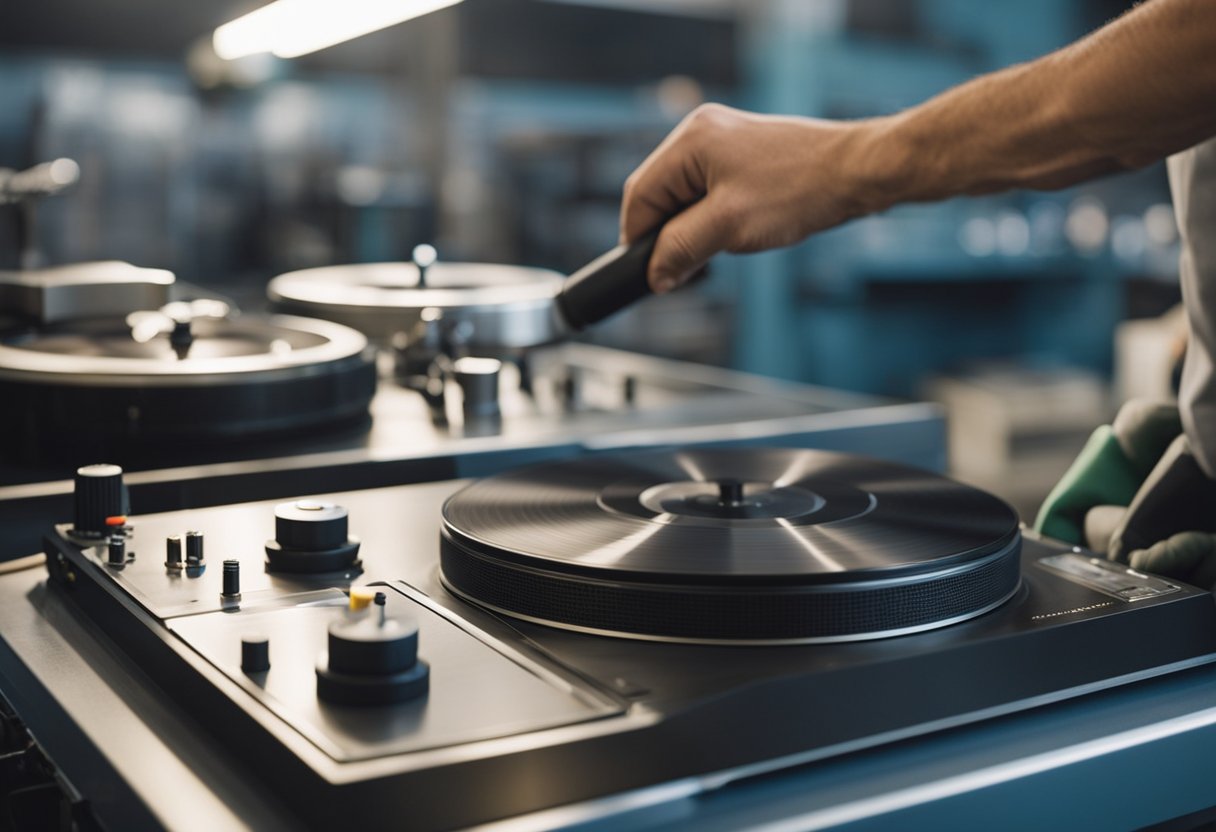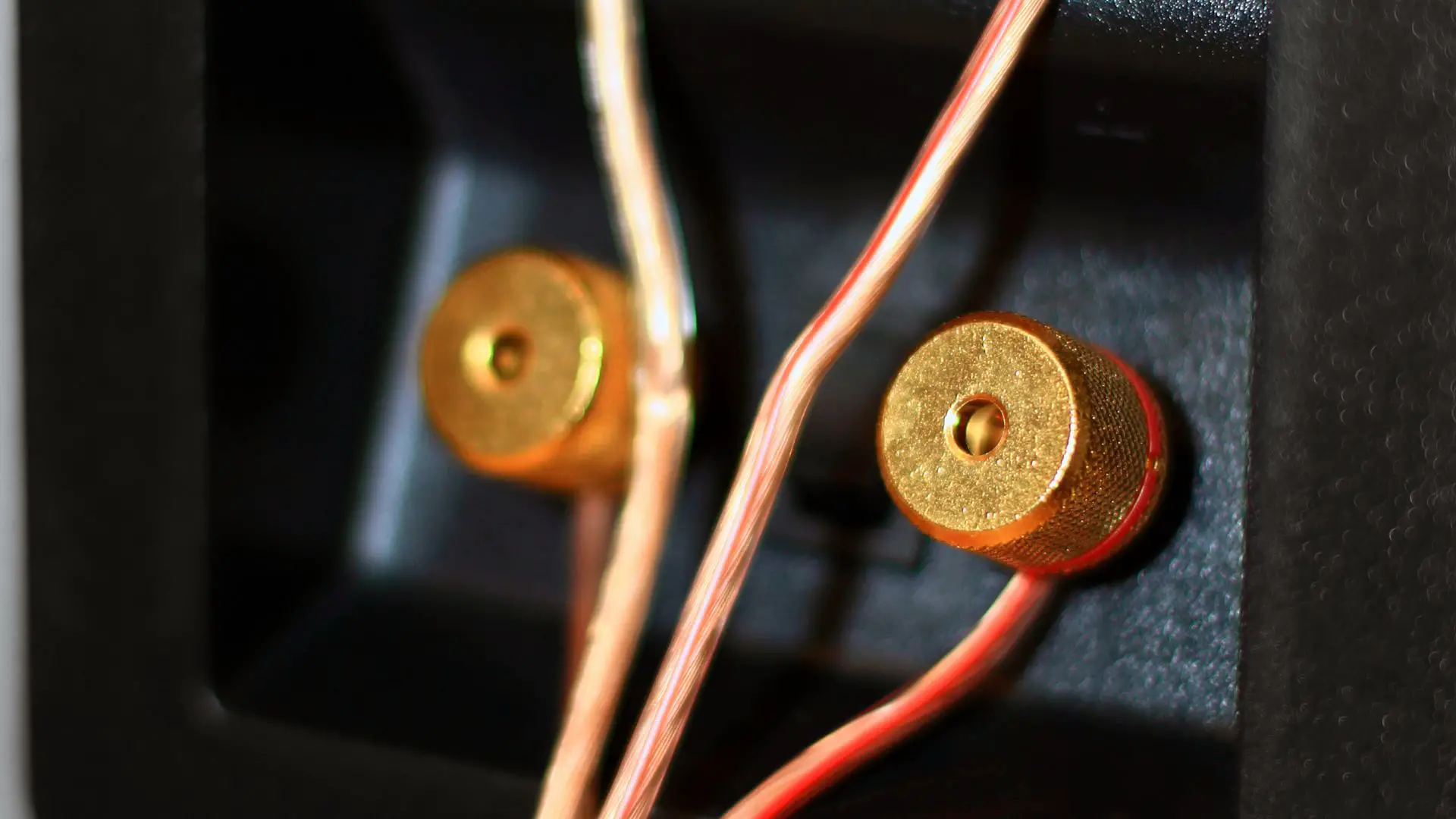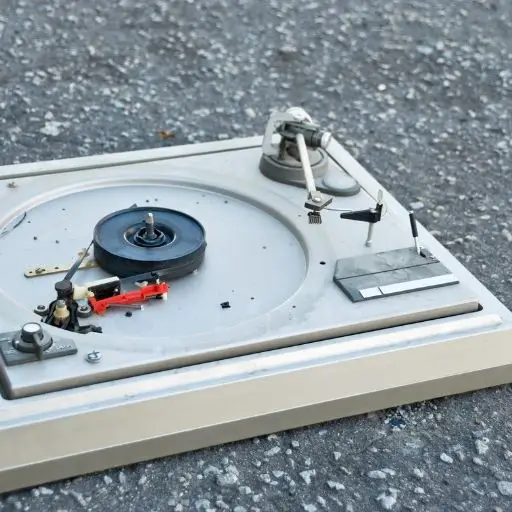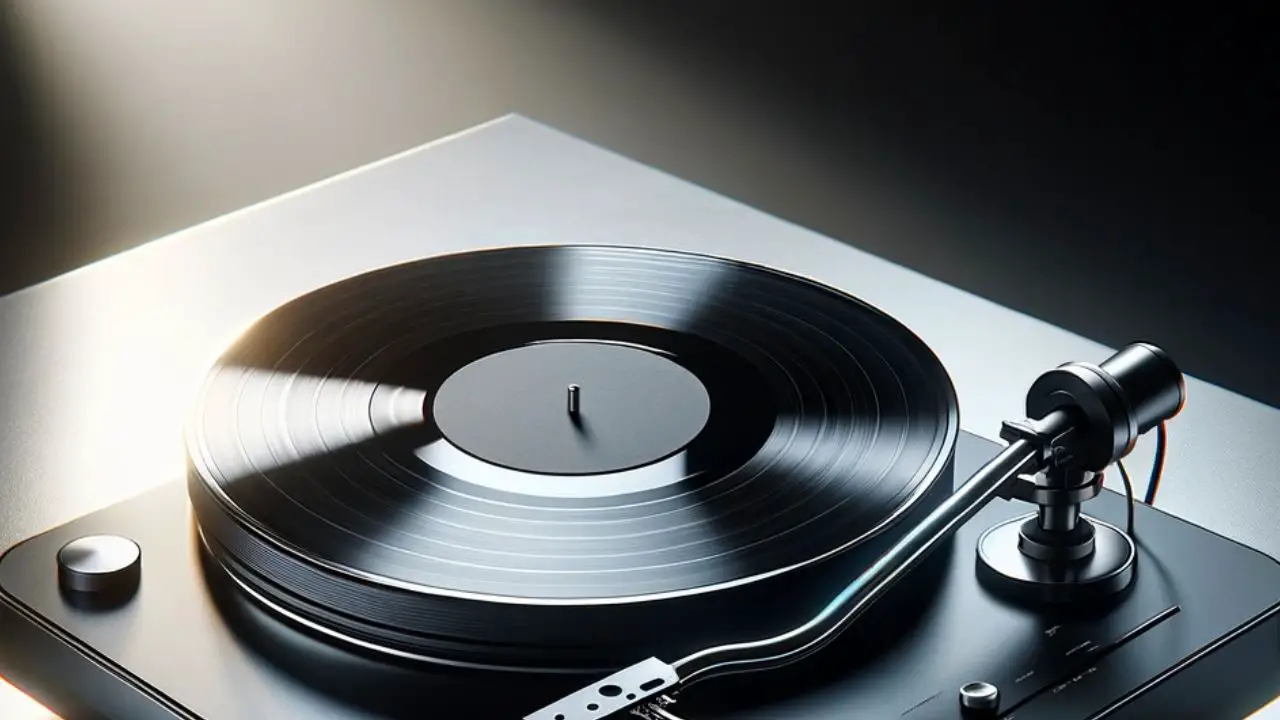If you’re a vinyl enthusiast, you know that maintaining your turntable is essential for getting the best sound quality out of your records. Regular turntable maintenance not only prolongs the life of your gear but also ensures that your records sound their best. In this article, we’ll cover the basics of turntable maintenance, including cleaning, lubrication, and isolation.
Cleaning your turntable is the first step in maintaining it. Dust and debris can accumulate on the platter, tonearm, and cartridge, affecting the sound quality. You can use a soft brush or microfiber cloth to remove dust and debris from the surface of the turntable. It’s important to avoid using harsh chemicals, as they can damage the delicate components of your turntable. We recommend using a specialized cleaning solution designed for turntables, such as the Audio-Technica AT6012 Record Care Kit, to clean your records and turntable.
Lubricating your turntable is another important aspect of maintenance. Regular lubrication of the spindle and bearings ensures smooth operation and prevents wear and tear. You can use a light machine oil, such as 3-in-1 oil, to lubricate the spindle and bearings. It’s important to avoid over-lubricating, as excess oil can attract dust and debris, causing more harm than good. We’ll cover the lubrication process in more detail later in the article.
Basic Components of a Turntable

When it comes to turntable maintenance, it’s important to understand the basic components of a turntable. Here are the three main components of a turntable:
Platter
The platter is the circular component that spins the record. It is usually made of metal or acrylic and sits on top of the spindle. A felt or rubber mat is placed on top of the platter to provide grip for the record and reduce vibrations. Some turntables have a removable platter, which makes it easier to clean and maintain.
Tonearm
The tonearm is the long, thin piece that holds the cartridge and stylus. It pivots on a bearing and moves across the record as it plays. The counterweight at the back of the tonearm helps balance the weight of the cartridge and stylus, while the anti-skate mechanism helps keep the tonearm from drifting towards the center of the record.
Cartridge
The cartridge is the component that holds the stylus and converts the vibrations from the record into an electrical signal. There are two main types of cartridges: moving magnet (MM) and moving coil (MC). MM cartridges are more common and less expensive, while MC cartridges are more expensive but provide better sound quality.
Proper maintenance of these components is crucial for the longevity and performance of your turntable. Regular cleaning and lubrication of the tonearm and bearings will help prevent wear and tear, while proper alignment of the cartridge and stylus will ensure optimal sound quality.
Routine Maintenance
To keep your turntable in optimal condition, you should perform routine maintenance. This includes cleaning and lubrication.
Cleaning
Regular cleaning of your turntable is essential to ensure it performs at its best. Dust, dirt, and debris can accumulate on the surface of the turntable, affecting its performance and sound quality. To clean the external surfaces, use a microfiber cloth to wipe down the turntable two to three times a month.
When cleaning the turntable, be sure to use a cleaning solution that is safe for use on vinyl. Avoid using harsh chemicals or abrasive materials that can scratch the surface of the turntable.
You should also clean the stylus regularly to ensure it stays in good condition. Use a stylus brush to gently clean the stylus, being careful not to damage it.
Lubrication
Lubrication is another important aspect of routine turntable maintenance. The turntable’s motor and moving parts require lubrication to function properly.
To lubricate the turntable, use a high-quality turntable oil or grease. Apply a small amount of oil or grease to the moving parts of the turntable, being careful not to overdo it.
Regular cleaning and lubrication of your turntable will help ensure it performs at its best and lasts for years to come.
Advanced Maintenance

If you have been using your turntable for a while, you may need to perform some more advanced maintenance tasks to keep it in top condition. Here are two important tasks you should consider:
Belt Replacement
The belt is an essential part of your turntable, as it connects the motor to the platter. Over time, the belt can stretch or wear out, which can affect the accuracy of the turntable’s speed. If you notice that your turntable is playing records too fast or too slow, it may be time to replace the belt.
To replace the belt, you will need to:
- Determine the correct belt size for your turntable. You can usually find this information in your turntable’s user manual or by searching online.
- Remove the platter from the turntable.
- Remove the old belt from the motor spindle and the platter.
- Install the new belt, making sure it is properly seated on both the motor spindle and the platter.
- Reinstall the platter.
Motor Servicing
The motor is the heart of your turntable, and it is important to keep it in good condition to ensure accurate playback. Over time, the motor can become dirty or worn, which can affect its performance. If you notice that your turntable is playing records inconsistently or with a lot of noise, it may be time to service the motor.
To service the motor, you will need to:
- Remove the turntable’s platter and dust cover.
- Locate the motor and clean it with a soft, dry cloth. Be careful not to get any cleaning solution on the motor.
- Lubricate the motor with a few drops of motor oil. Be sure to use a lubricant that is specifically designed for turntable motors.
- Reassemble the turntable.
Troubleshooting Common Problems
If you are experiencing issues with your turntable, there are a few common problems that you can troubleshoot before seeking professional help. Here are some common problems and their solutions:
Skipping Records
If your turntable is skipping records, there are a few things you can do to fix the issue. First, check the condition of the stylus. If it is worn or damaged, it may need to be replaced. Make sure the turntable is on a stable surface and that the tonearm is properly balanced. If the tonearm is not balanced properly, it can cause the stylus to skip over the grooves on the record.
Another common cause of skipping is a dirty record. Make sure your records are clean before playing them. You can use a record brush or a cleaning kit to remove any dust or debris from the surface of the record. If the record is still skipping, try adjusting the anti-skate setting on your turntable. This can help keep the stylus in the groove and prevent skipping.
Distorted Sound
If your turntable is producing distorted sound, there are a few things you can do to fix the issue. First, check the condition of the stylus. If it is worn or damaged, it may need to be replaced. Make sure the turntable is on a stable surface and that the tonearm is properly balanced. If the tonearm is not balanced properly, it can cause the stylus to skip over the grooves on the record.
Another common cause of distorted sound is a dirty record. Make sure your records are clean before playing them. You can use a record brush or a cleaning kit to remove any dust or debris from the surface of the record. If the record is still producing distorted sound, try adjusting the tracking force on your turntable. This can help ensure that the stylus is properly tracking the grooves on the record and producing clear sound.
Professional Help and Services
If you are not comfortable performing maintenance on your turntable on your own, or if you encounter a problem that you cannot fix, it may be time to seek professional help.
There are a variety of options available to you when it comes to professional turntable repair and maintenance services. You may be able to find a local repair shop that specializes in turntables. These shops can be a great resource for minor repairs and routine maintenance tasks. They can also provide advice on more complex repairs and upgrades.
Another option is to use an online repair service. These services can be a convenient way to get your turntable fixed without leaving your home. Many online repair services offer free estimates, so you can get an idea of the cost before committing to any repairs. However, be sure to do your research before choosing an online repair service. Look for reviews and testimonials from previous customers to ensure that the service you choose is reputable and reliable.
In addition to repair services, there are also turntable maintenance services available. These services can help keep your turntable running smoothly and sounding great. They may include tasks such as cleaning and lubricating the turntable’s components, replacing worn parts, and calibrating the turntable’s settings for optimal performance.
No matter which option you choose, be sure to communicate clearly with the repair technician or service provider. Explain the problem you are experiencing in as much detail as possible, and be sure to ask any questions you may have about the repair or maintenance process.




